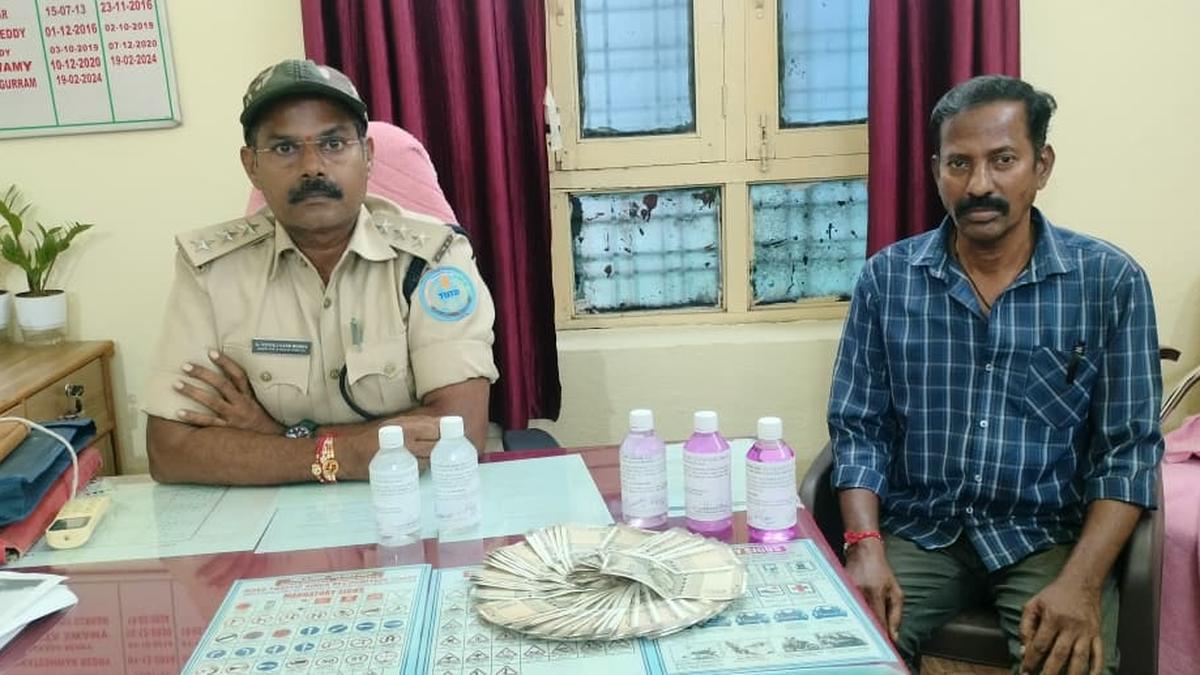Now Reading: Kannapuram Model Sets Benchmark in Cancer Control
-
01
Kannapuram Model Sets Benchmark in Cancer Control
Kannapuram Model Sets Benchmark in Cancer Control

Quick Summary:
- The Kannapuram model in Kerala’s Kannapuram grama panchayat succeeded in boosting breast cancer screening rates among women over 30 through community-based initiatives.
- The project, conducted wiht the Malabar Cancer Center (MCC), focused on raising awareness via culturally sensitive interaction, lifestyle modification programs, and engaging a women volunteers’ squad for patient navigation.
- Over three years (2017-19), multi-phase efforts included house-to-house surveys, public awareness campaigns at social gatherings, cancer survivors’ meets to reduce stigma, and food festivals promoting healthy diets.
- A 10-day breast cancer screening program screened 96% of eligible women using non-invasive diagnostic tools and clinical breast exams. Of these:
– 6.2% were referred for further tests; of these, 66.5% pursued investigations at MCC.
– Results identified a breast cancer detection rate of 0.96 per 1,000-all cases detected in early stages-and patients received accomplished treatment.
- Kerala has seen a dramatic rise in breast cancer over the past decades; late-stage detection contributes to high mortality due to misconceptions about symptoms and fear of diagnosis or medical costs.
- Patient navigation was key: Kudumbasree leaders provided emotional support and logistical help for appointments and travel but could not eliminate dropouts entirely (33% did not proceed with follow-ups).
- WHO South-East Asia journal of Public Health recognized this model as an effective strategy against late-stage presentation.
Indian Opinion Analysis:
The success of the Kannapuram model underscores how culturally sensitive approaches tailored to local contexts can effectively address critical health challenges such as delayed detection of breast cancer.By leveraging deeply rooted community networks like Kudumbasree leaders to navigate healthcare complexities and combat social stigma around diagnosis or treatment costs, this initiative demonstrates the power of community-driven interventions.
While commendable progress has been made-screening participation reaching nearly universal levels-the dropout rate highlights ongoing barriers that require targeted solutions like addressing fears associated with follow-up procedures or providing stronger financial aid mechanisms.With rising incidence rates statewide-a challenge emblematic across India’s diverse regions-replicating this method nationally offers hope for large-scale improvements in preventive healthcare outcomes.However, sustained effort will be necessary to integrate such models into existing healthcare systems while ensuring long-term viability beyond initial enthusiasm.
Read more: [source Link Not Provided]





















